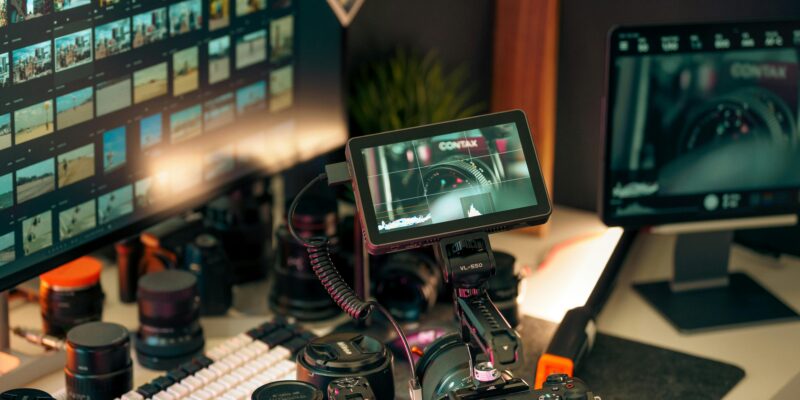The shift in media relations
Want to know how to spot a progressive PR practitioner apart from the pack?
It’s the ones who understand the importance of considering multiple mediums and audience communication methods in media relations.
This isn’t an entirely new idea. However, few PR teams dedicate the time and strategic thinking required to do it well – and that remains true today. What has changed are the methods and expectations around it.
Why going beyond the basics matters
When PR campaigns consider culturally and linguistically diverse (CALD) communities, the measurable impact is striking. This is never a token effort, as it’s a consideration that consistently delivers results.
The same applies to equipping media and stakeholders with a wide range of assets. For stakeholders, that means more than just a press release. It includes briefing packs with talking points, social media tiles, background information, videos, visuals, and infographics. For journalists, it extends beyond the pitch and background materials to b-roll, audio grabs for radio, high-resolution images, case studies, expert availability, spokespeople, and even photo or filming opportunities.
The more you provide, the more opportunity there is for your story to gain traction and resonance.
Audiences want content on their terms
At Influencing Live last week, Phil Sim highlighted a reality that PR professionals must now address: audiences increasingly want to consume content on their own terms.
We’ve already seen this shift play out in other industries – from scheduled television programming to on-demand streaming, and from curated editorial decisions to algorithm-driven feeds. On social media, the same story can appear in very different guises across platforms, even when coming from the same media outlet.
The next evolution is personalisation of the content itself. Journalists are already repackaging stories for various platforms, but new tools are making this process instant and automated. Articles can become podcasts, blog posts can be turned into videos, and long-form pieces can be compressed into bullet points.
Some systems even allow audiences to select their preferred format, including, amusingly, Shakespearean tragedy. The important takeaway is that media and content are becoming dynamic by default. Journalists’ crafted pieces will remain valuable, but increasingly they will sit alongside personalised, reshaped formats that may look nothing like the original.
What this means for PR
This evolution changes how public relations teams must approach media materials. Providing one polished release is no longer sufficient. The most effective practitioners are anticipating this trend and creating flexible, dynamic media assets designed to travel across platforms and repurpose themselves in different formats.
Yes, it requires more work. But the campaigns that take this approach consistently achieve stronger results. That is why the most forward-thinking PR teams are embracing it – and why this is becoming a defining marker of excellence in the industry.
And that’s what’s noteworthy in PR this week.

